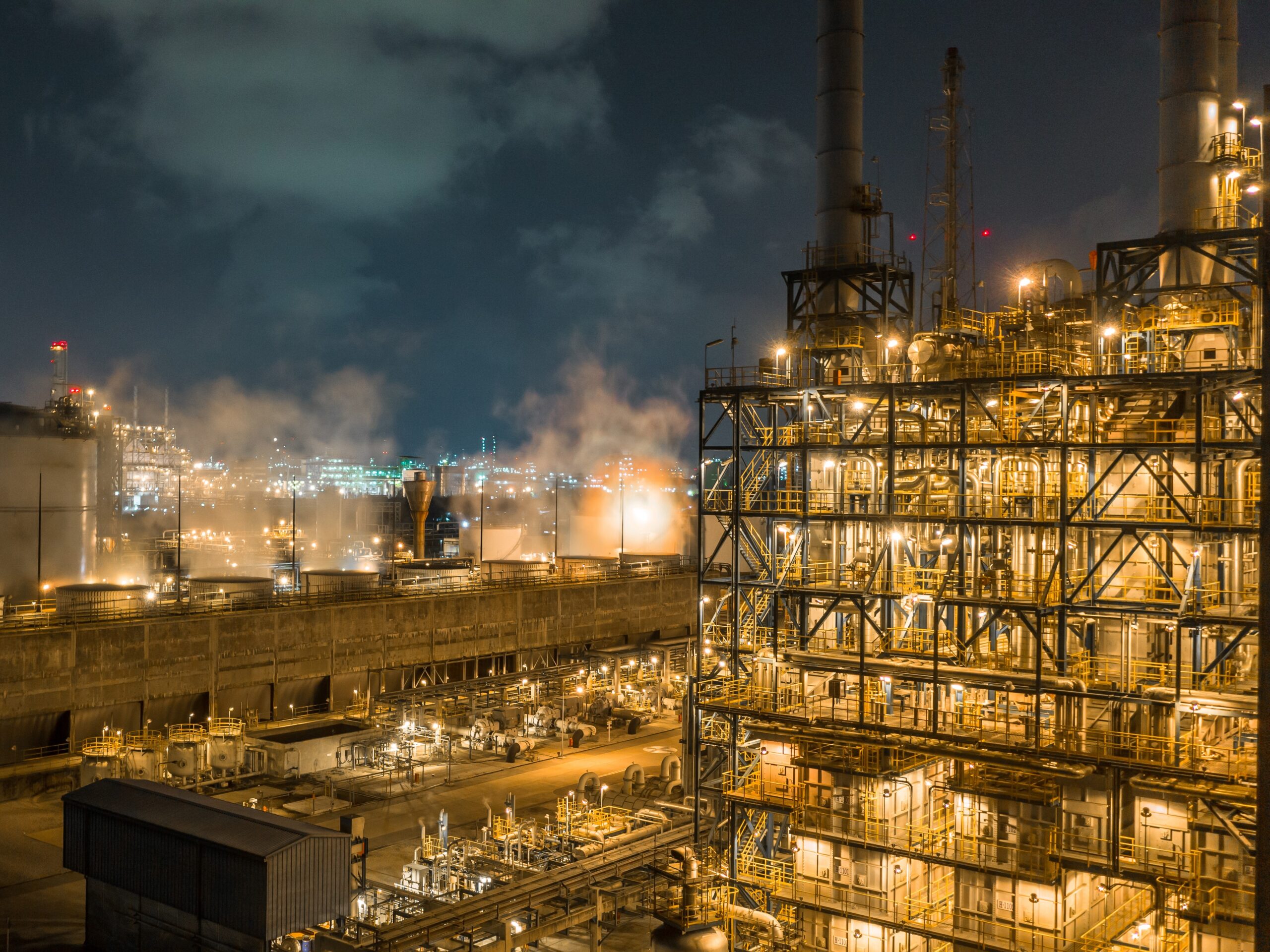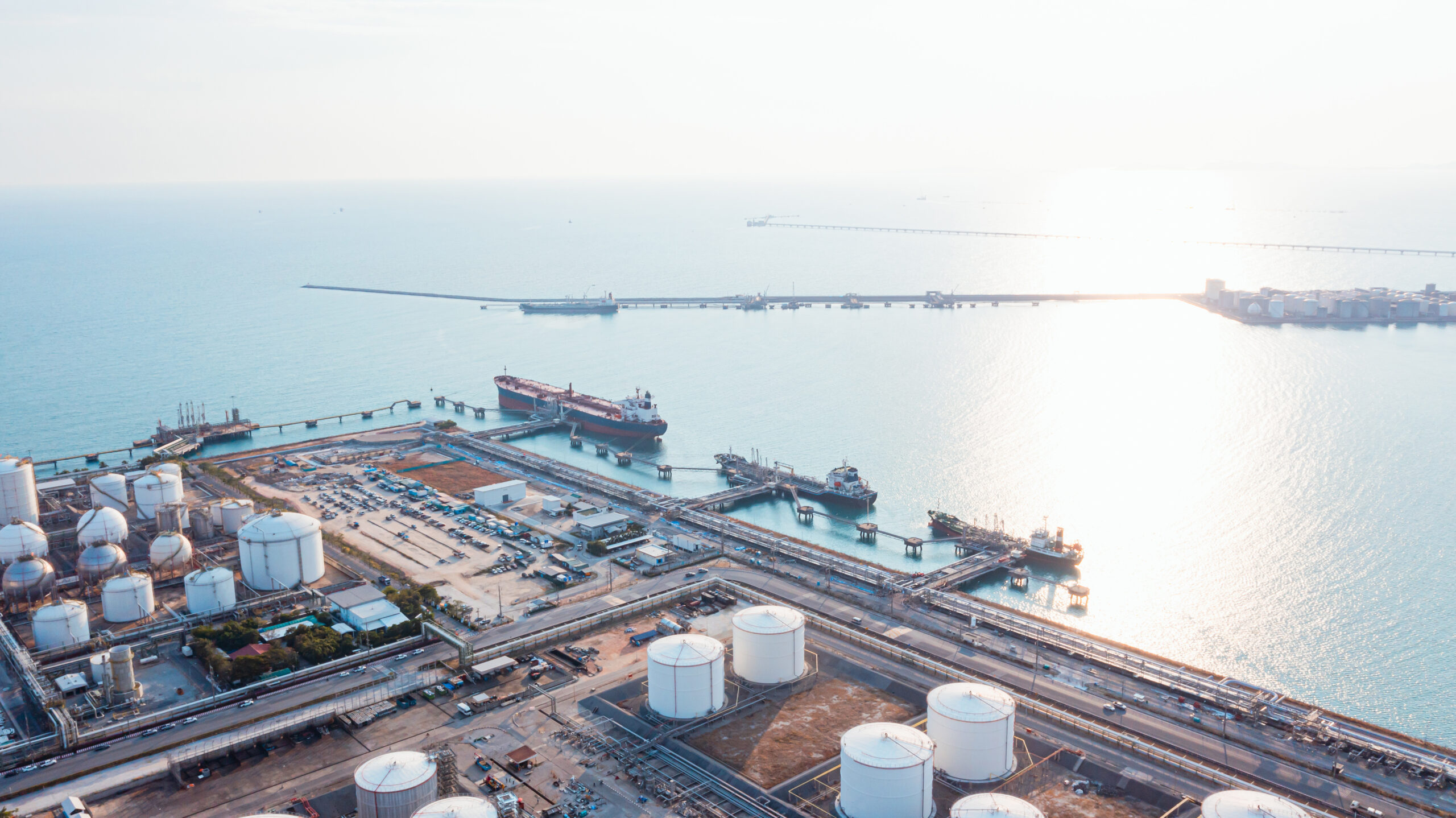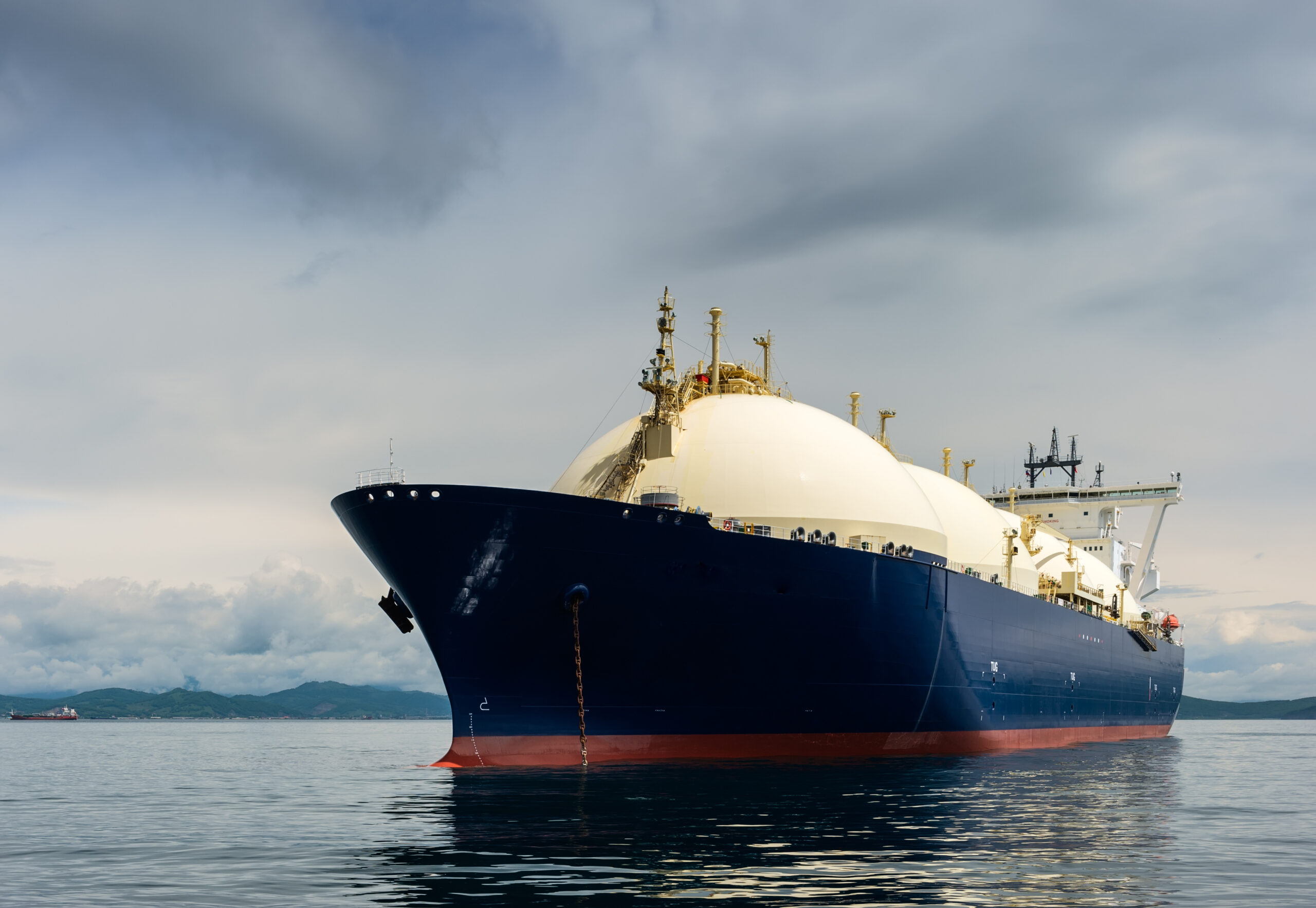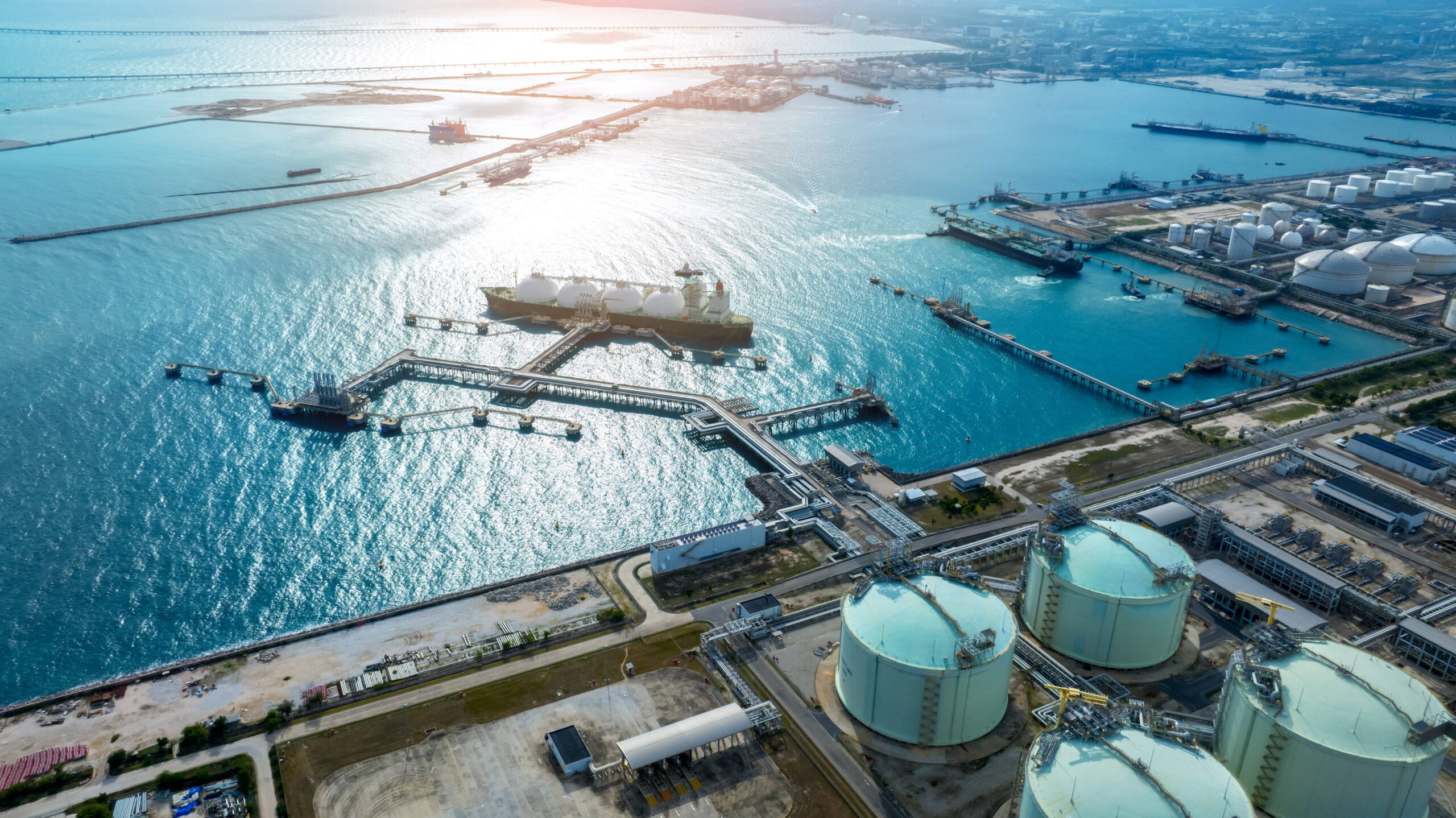This will impact LNG portfolio optimisation.
Methane is increasingly under scrutiny as the second-largest contributor to climate change after CO₂. The energy sector, including gas and LNG supply chains, is a significant source of methane emissions.
Historically energy companies have had limited focus on methane reporting and mitigation efforts. However increased regulatory focus means methane emissions are moving quickly onto the radar screen, particularly for large LNG companies.
In 2021, over 100 countries committed to the Global Methane Pledge, aimed at reducing methane emissions by 30% by 2030. This initiative, alongside other global pressures, is driving energy companies to adopt more stringent methane mitigation and reporting practices.
The European Union (EU) is leading the way with the EU Methane Regulation, which establishes methane emission reporting requirements for energy producers and LNG importers delivering to Europe.
In today’s article we look at the potential implications for LNG companies & portfolios.
What is the EU Methane Regulation?
The EU Methane Regulation, passed in May 2024, mandates that LNG exporters and EU-based energy producers adhere to equivalent methane emission standards. This regulation introduces stringent requirements for reporting and mitigating methane emissions from fossil fuels entering the EU, aiming to curb emissions across both domestic and imported energy sources.
Table 1: Key Compliance Milestones for LNG Importers
Practical implications of the EU Methane Regulation
The EU Methane Regulation has important consequences for both EU importers and LNG suppliers:
- Contract re-evaluation: Importers and suppliers may need to renegotiate contracts to accommodate new methane requirements.
- Market access for new entrants: As European LNG dependence has surged post Russian supply cuts, new players are delivering LNG to Europe (particularly from Asia). Companies aiming to sign long-term sale and purchase agreements (SPAs) or establish positions in Europe must now account for these methane reporting obligations.
- Market bifurcation: The Regulation could bifurcate the market, creating separate supply chains for compliant and non-compliant LNG. Some producers, particularly those east of the Suez Canal, may opt out of European markets to avoid compliance costs. However, the emergence of similar regulations in other mature markets like Japan, Korea, and Taiwan could limit access for non-compliant producers further narrowing their market options.
Several unresolved issues remain, including verification standards, enforcement protocols, and penalties, especially concerning spot transactions. In the future, compliant suppliers could potentially charge a premium for low-emission LNG delivered to Europe. Although a methane pricing mechanism isn’t currently in place, this trend could mirror the Carbon Border Adjustment Mechanism (CBAM), setting the stage for methane pricing on imports.
Implications for LNG portfolio value
Maintaining access to the EU LNG market is key for LNG portfolios in order to monetise value & manage risk. This is especially the case for players with Atlantic Basin supply or offtake positions. These companies will have a strong incentive to invest in the necessary infrastructure and practices to maintain EU access.
There will however be some key implementation & compliance challenges. For example, some LNG portfolios with an EU footprint purchase from pure producers who do not market their gas (e.g. Equatorial Guinea or Nigeria). Encouraging these suppliers to invest in compliance may require complex negotiations or incentives.
Over time, LNG portfolio optimisation will need to incorporate minimum methane intensity standards or methane pricing factors.
Our LNG Bridge portfolio model client base now covers more than 25% of global LNG market volume. We are working with our clients on how we can adapt Bridge to best reflect portfolio commercial & optimisation impacts of the steadily increasing environmental regulations impacting the LNG market.
The EU Methane Regulation signals a transformative shift in how LNG players approach portfolio management and market access. Tackling this challenge early sets up consistency of access to the EU market as well as potential value capture from low-emission LNG.
Webinar recording available
Thank you for attending our webinar “Absorbing the supply wave” – how demand and supply side flex mechanisms will balance the global LNG market, which took place on Wednesday 27th November 2024 09:00 GMT (10:00 CET, 17:00 SGT).
The webinar was focussed on:
- What’s been setting global gas prices?
- Importance of market flex in the coming regime
- Overview of LNG supply response & Asian demand flexibility
- Demonstrating market flex impact on marginal price formation through (i) HH price impact (ii) Asian demand growth trajectory
Click here for a recording of the webinar.
Click here for a copy of the webinar slidepack.
If you are interested in a sample copy of our Global Gas Quarterly Report & Databook, or further information on the bespoke services we offer, feel free to contact David Duncan (Director) david.duncan@timera-energy.com or David Stokes (Managing Director) david.stokes@timera-energy.com



